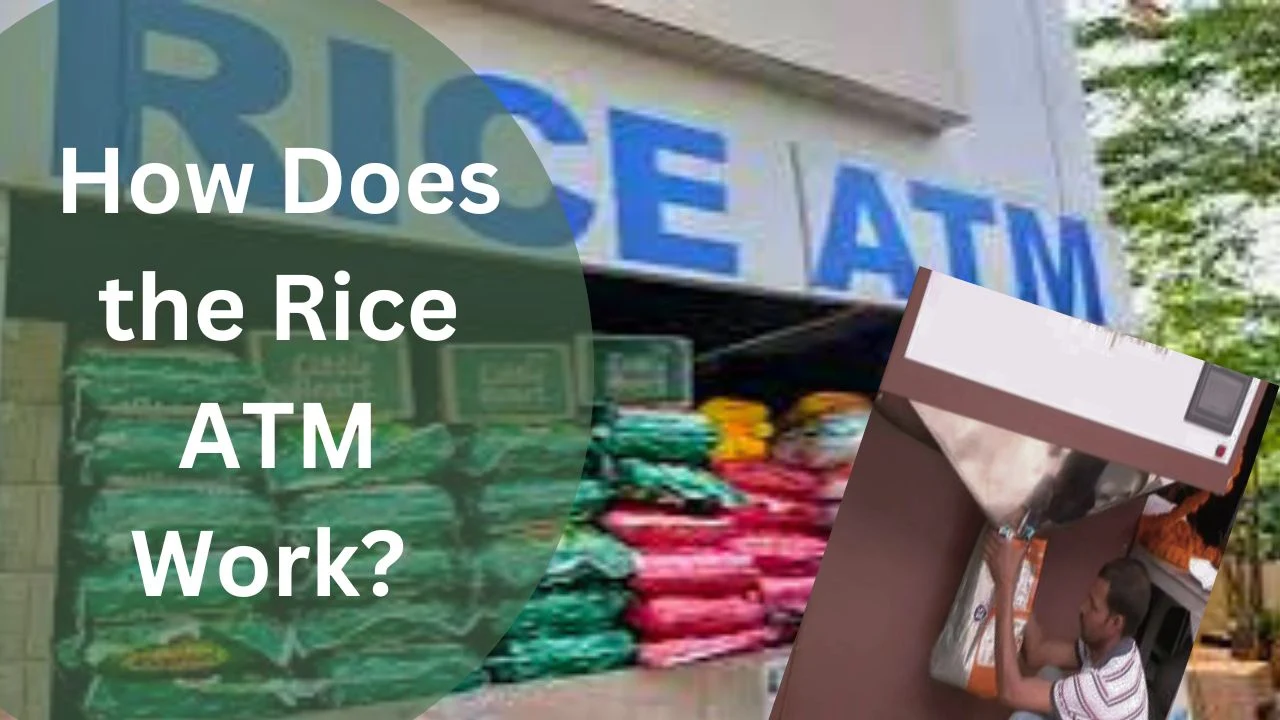Table of Contents
Imagine being able to withdraw not just cash but also rice from an ATM! This futuristic concept is becoming a reality, as the Odisha government plans to roll out Rice ATMs across the state. This initiative aims to simplify the distribution of ration to cardholders, ensuring they get their entitled grains efficiently and conveniently.
What is a Rice ATM?
A Rice ATM is similar to the ATMs we use for withdrawing money, but instead of cash, it dispenses rice and wheat. This innovative machine is being introduced to provide easy access to ration supplies, especially for the poor. With the swipe of a card and a few simple steps, beneficiaries can collect their grains in no time.
The First of Its Kind in Odisha
Odisha is set to open its first Rice ATM in Bhubaneswar within a week. The state government has announced that ration cardholders will receive a special Rice ATM card. This card will be valid nationwide, allowing users to access their ration from any Rice ATM across the country. This initiative, led by Food and Supplies Minister Krishna Patra, marks a significant step towards modernizing ration distribution in the state.
Expansion Plans Across Odisha
Following the footsteps of states like Haryana, Karnataka, Uttar Pradesh, and Maharashtra, Odisha will start with a pilot project in Bhubaneswar and gradually expand to other districts. Each district will eventually have at least one Rice ATM, ensuring widespread access to this facility. The state has around 5 million ration card beneficiaries, and the government plans to streamline the system by identifying eligible users and replacing outdated cards with new ones.
How Will the Rice ATM Work?
Using the Rice ATM is straightforward. Ration cardholders need to enter their Aadhaar card number and the number on their ration card. After verification, they can place a bag under the dispenser to collect their allotted grains. This system not only ensures a fair distribution but also eliminates the hassle of long queues at ration shops.
A Glimpse into the Future
In states like Uttar Pradesh, where Rice ATMs are already operational, the process involves entering the ration card number, followed by biometric verification. The machine then displays the quantity of grain available for the individual, and the ration is dispensed just like cash from a regular ATM. If similar systems are implemented in Odisha, it could greatly benefit millions of people, making ration distribution more transparent and efficient.
What Happens to Existing Ration Shops?
With the introduction of Rice ATMs, there are questions about the future of traditional ration shops and their employees. The government aims to integrate the new system in a way that benefits everyone involved, ensuring a smooth transition without disrupting the livelihoods of shop owners and employees.
Modernizing Ration Distribution
This move towards Rice ATMs represents a significant modernization of the public distribution system. Initially, these machines will be set up in urban areas, equipped with touch-screen interfaces and biometric features to ensure security and accuracy. This initiative, championed by Food Supply and Consumer Welfare Minister Atanu Sabyasachi, is expected to bring substantial improvements to how rations are distributed in Odisha.
In summary, the Rice ATM is poised to revolutionize how ration supplies are distributed, offering a convenient and efficient way for beneficiaries to access their entitlements. As this system rolls out across Odisha, it promises to make a significant positive impact on the lives of many, ensuring that everyone gets their due share of essential grains.









.webp)
0 Comments